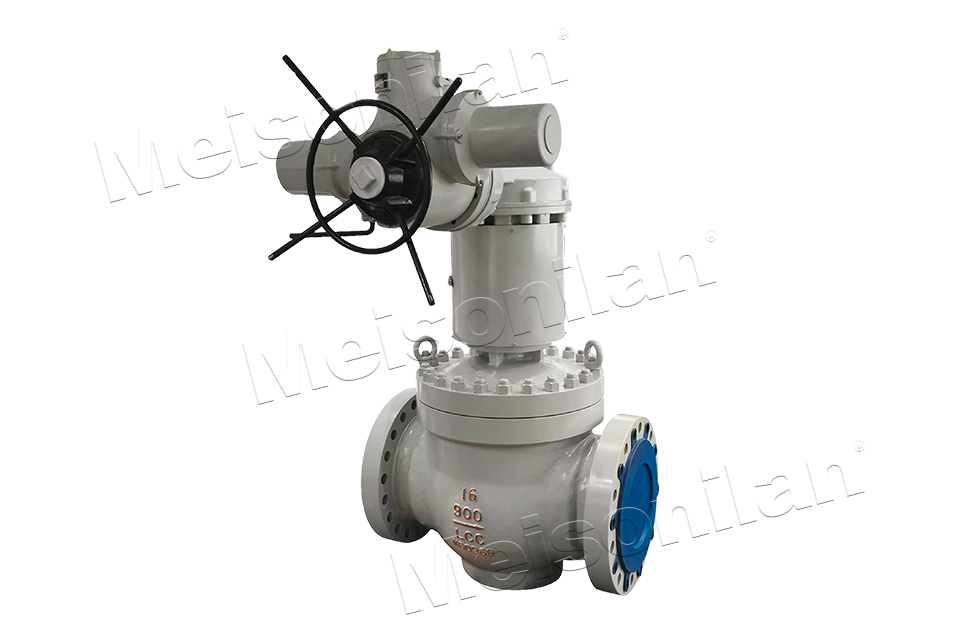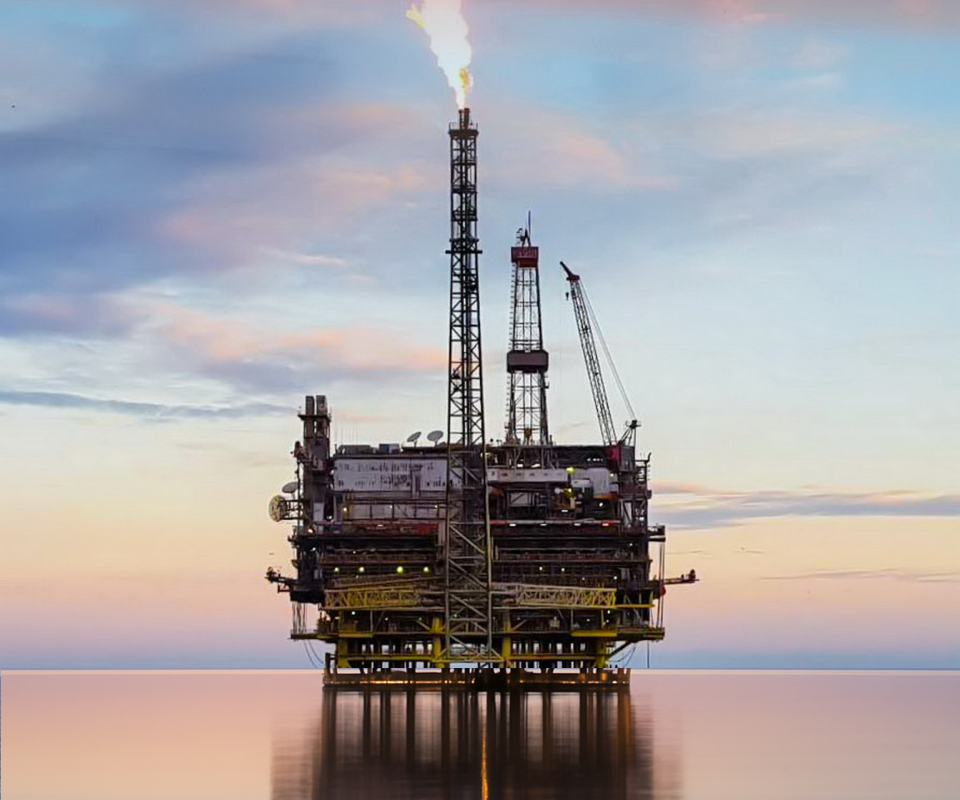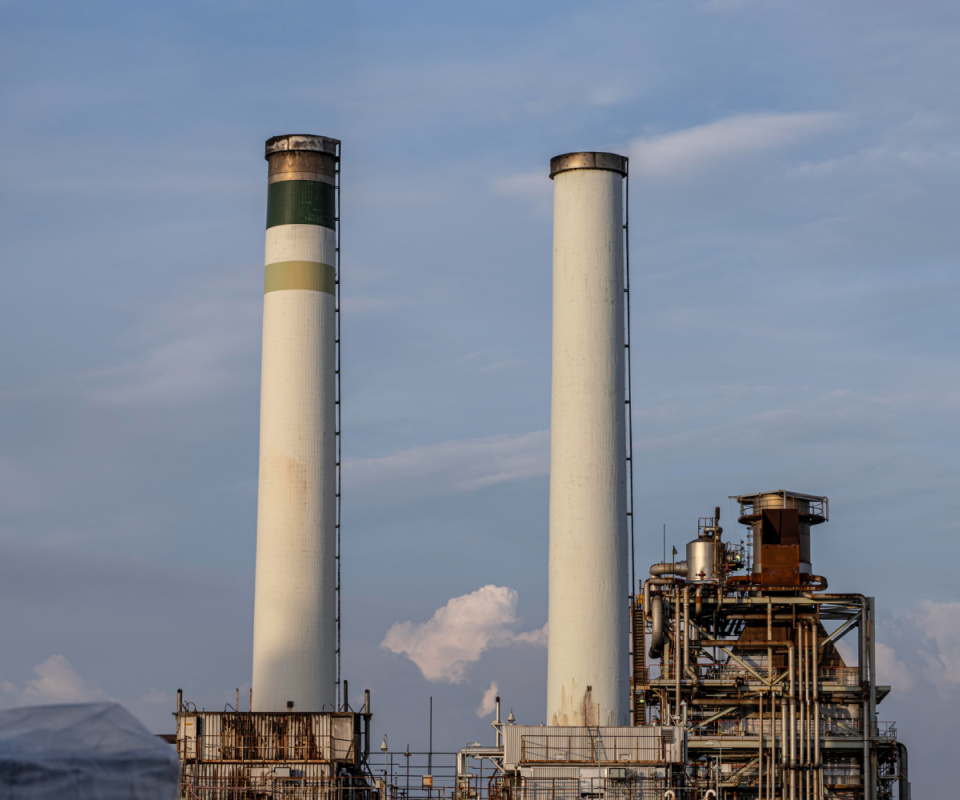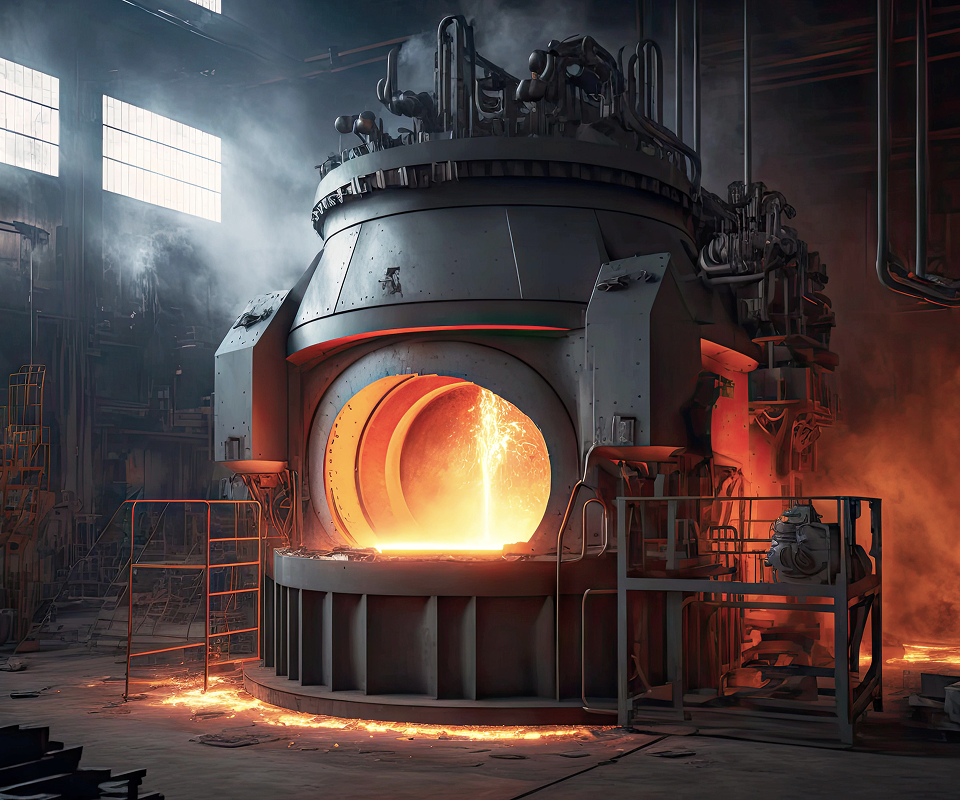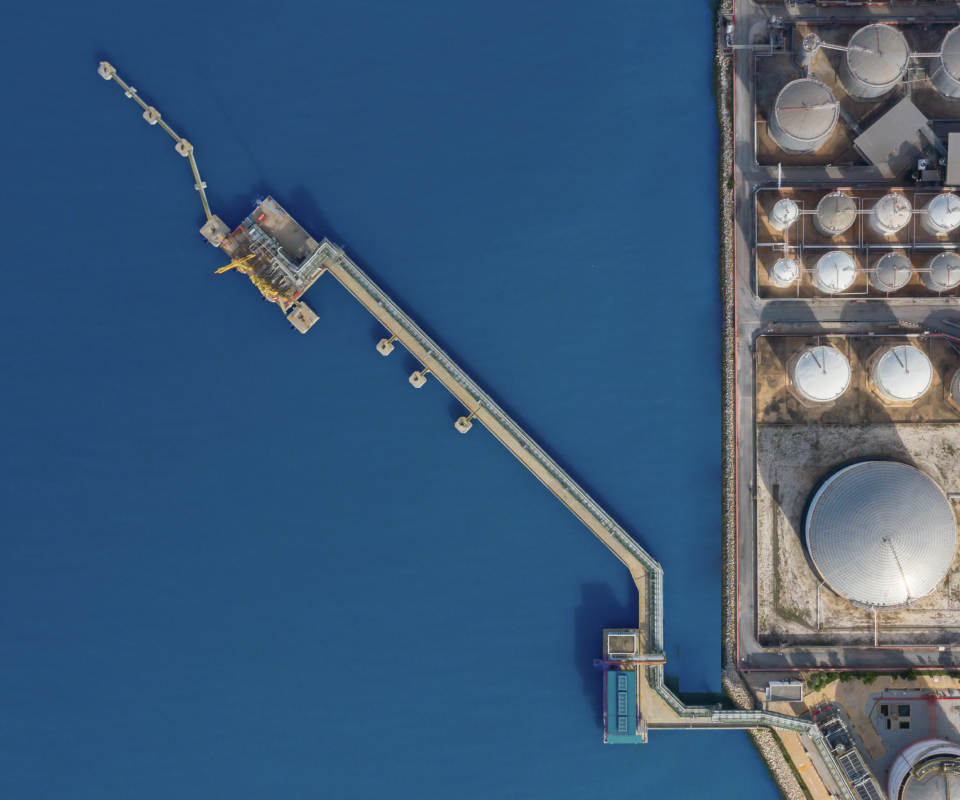◆ There is no friction during opening and closing. This feature completely solves the problem of affecting sealing due to friction between the sealing surfaces in traditional valves.
◆ The top-mounted structure allows for direct online inspection and maintenance of valves installed on pipelines. It can effectively reduce equipment downtime and lower production costs.
◆ Single valve seat design eliminates the problem of abnormal pressure rise in the valve chamber medium affecting the safety of the valve.
◆ Low torque design. The specially structured valve stem allows the valve to be easily opened and closed with just a small handwheel.
◆ Wedge-shaped sealing structure. The valve relies on the mechanical force provided by the valve stem to wedge the ball onto the valve seat, ensuring the sealing performance is not affected by changes in pipeline pressure difference, and providing reliable sealing performance under various working conditions.
◆ Self-cleaning structure of the sealing surface. When the ball is tilted away from the valve seat, the fluid in the pipeline will pass uniformly along the sealing surface of the ball for 360°. This not only eliminates the local erosion of the valve seat by high-speed fluid but also removes the accumulated substances on the sealing surface, achieving self-cleaning.
Parameter description:
Valve body type: Straight-through type
Upper valve cover form: Standard integrated type
Temperature range: -196 - 538℃
Valve stem sealing form: PTFE self-sealing structure, sulfur-free flexible graphite connection method: Flanged type
Standard leakage grade: ANSI B16.104-197 CLASS V
Product manufacturing specifications
◆ Diameter range: 1" - 24" (DN25 - DN600)
◆ Pressure range: ANSI150 - 900# (PN10 - 160)
◆Connection type: Flange type
Product applications
◆Petroleum refining and chemical plants
◆Metal smelting and pharmaceutical factories
◆Mechanical papermaking and power plants
◆Long-distance natural gas pipelines
◆Compressor systems
(1) Before installation, check that the product model, tag number, and specifications match the requirements. Inspect the entire valve for missing or loose parts.
(2) Prior to installation, clean the pipeline. Ensure there is sufficient straight pipe section at the valve inlet and install a filter. When connecting the valve body to the pipeline flanges, ensure coaxiality.
(3) Thoroughly clean the pipeline before installing the valve.
(4) The installation site should ensure the safety of personnel and equipment, facilitating operation, disassembly, and maintenance.
(5) The valve should be installed vertically upright on horizontal pipelines. If necessary, it can be installed at an angle, but horizontal installation should be avoided. For occasions with heavy valve weight or vibration, use a support frame.
(6) The medium flow direction must align with the arrow on the valve body. The air supply should be dry and oil-free. The valve should be used in environments with temperatures ranging from -20℃ to 55℃.
(1) Cleaning the Valve: For general media, cleaning with water is sufficient. For media harmful to health, first understand their properties and then select an appropriate cleaning method.
(2) Disassembly: Remove rust from exposed rusted parts first. Before derusting, protect the machined surfaces of precision parts such as the valve seat, valve plug, valve stem, and push rod. Use special tools when disassembling the valve seat.
(3) Valve Seat: Minor rust or wear on the sealing surface can be repaired by machining. If damage is severe, replace the seat. However, both repaired and replaced hard sealing surfaces must be lapped.
(4) Valve Stem: If the surface is damaged, it must be replaced.
(5) Damage to Push Rod, Guide, and Sealing Surfaces: Reverse-acting actuators must be replaced; direct-acting actuators can be reused after proper repair.
(6) Compression Spring: If there are cracks or other defects affecting strength, replace it immediately.
(7) Wear Parts: Packing, gaskets, and O-rings must be replaced entirely during each maintenance. Check the valve plug and diaphragm for cracks, aging, or corrosion that may cause future failures. Decide whether to replace them based on inspection results, but the diaphragm service life should not exceed 2-3 years.
(8) When reassembling the valve, ensure alignment. Tighten bolts diagonally and lubricate sliding parts. After reassembly, debug the valve according to the factory test items and methods. During this period, accurately adjust the packing compression force and the valve plug closing position.
-
If the model has not been selected before ordering, please provide us with the operating parameters:
(1) Nominal diameter DN (mm);
(2) Nominal pressure (MPa or bar);
(3) Fluid properties (including medium temperature, viscosity, or acidity/alkalinity);
(4) Pressure before and after the valve (pressure differential);
(5) Requirements for flow characteristics;
(6) Materials of valve body and valve core;
(7) Connection type;
(8) Driving method (provide air supply pressure, driving voltage);
(9) Supporting accessories (for pneumatic valves, it is recommended that users install an air filter triplet and a 2-position 5-way solenoid valve);
(10) On-site working conditions. -
If the product model of our company has been selected by the design unit, please order directly from our production department according to the model;
-
When the application occasion is very important or the pipeline is relatively complex, please provide the design drawings and detailed parameters as much as possible, and our experts will review and check them for you.



